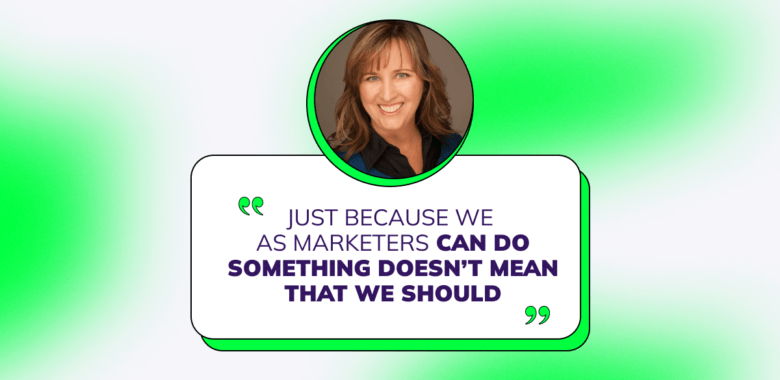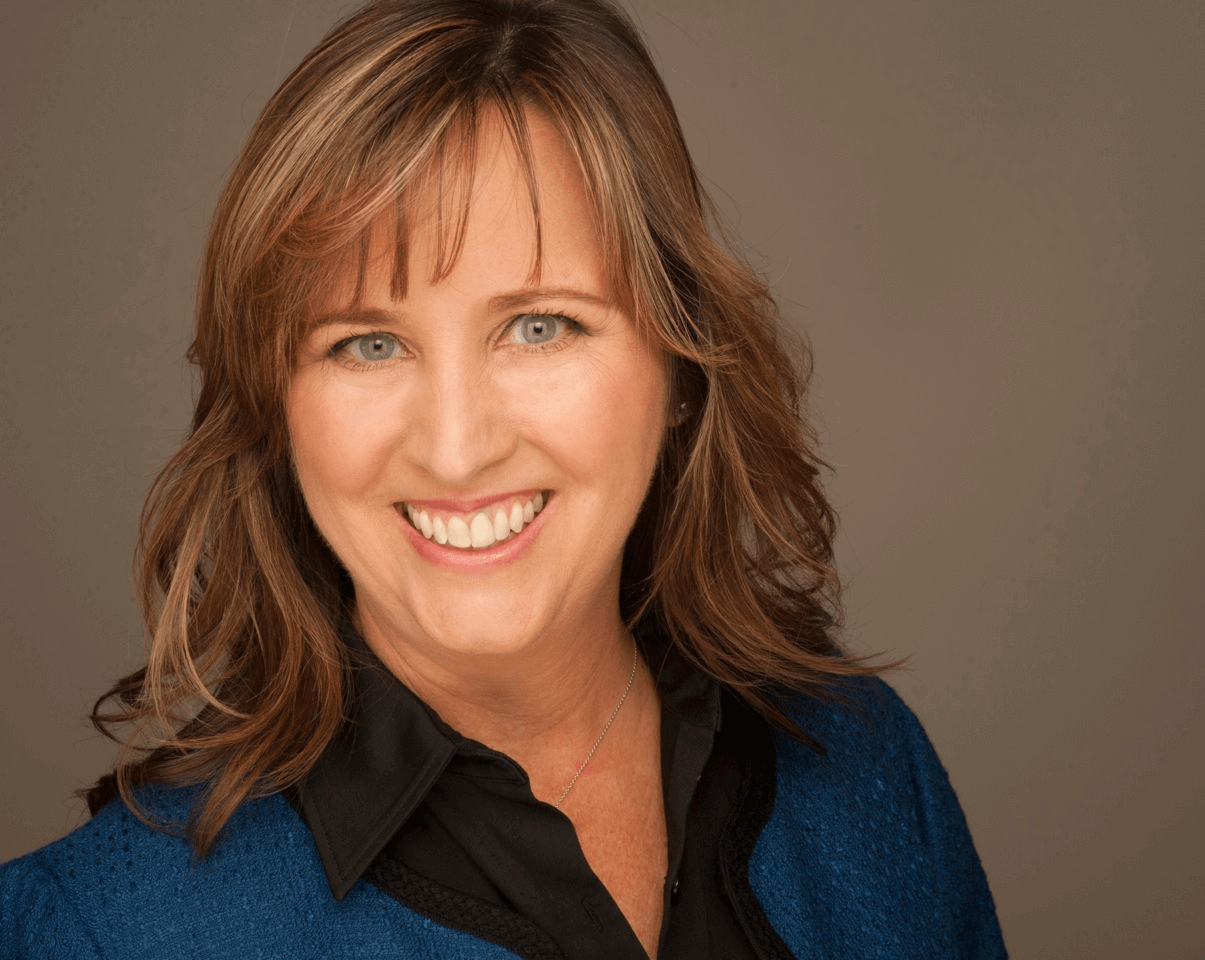Can you share one of the email marketing optimization cases you did back then?
I was doing many different aspects of digital marketing, including email, up until 2000 when I was hired as head of email product development for the largest B2B publisher in the US — Cahners, which was soon rebranded as Reed Business Information US (RBI) since it was part of Reed Elsevier.
One of my first big projects at RBI was working with Variety, the magazine for the entertainment industry in Los Angeles. They were RBI’s flagship publication. They had an email newsletter; they didn’t think they needed me.
But I made my case in a two-page document.
I talked about segmentation and targeting of content. You see, Variety’s subscribers fell into a few different industry sub-categories — TV, movies, theater, etc. — those working in TV weren’t really interested in what was going on in the Theatre, and vice-versa. So we needed a newsletter to serve each of their audience segments, not just one to serve all of them.
They were also generating revenue from advertisements in their email newsletters — so by adding titles (we took them from one newsletter to 8 newsletters) we were also adding advertising spaces. And since these new ad spaces were in highly-targeted emails, we could charge more for them, even though the number of subscribers was lower.
Finally, most of Variety’s content was behind a paywall — you had to buy a subscription to read the vast majority of articles (and you definitely had to pay for the most valuable, interesting ones). We used the newsletters as vehicles to drive paid subscriptions.
I used a blend of 60% free articles to 40% paid articles in each newsletter. The subscribers would not know which articles took them to the free content. When they clicked on paid content, they got a “soft door slam” — a paywall offering daily, weekly, monthly, and annual options to subscribe.
The Variety case study is kind of a microcosm of how email evolved from the mid-1990s to the early 2000s. It went from being “we have to send some email” to “let’s get more sophisticated about how we use this channel — and see if we can provide valuable content to subscribers and make some money.”
And make some money we did. Email has always been one of the top channels in terms of return on investment.
And that continues today. I am still helping organizations make their email marketing more effective and more profitable. The tactics aren’t all that different than they were in 2000 — segmentation, targeting, valuable content, revenue from advertising, revenue from subscriptions…







